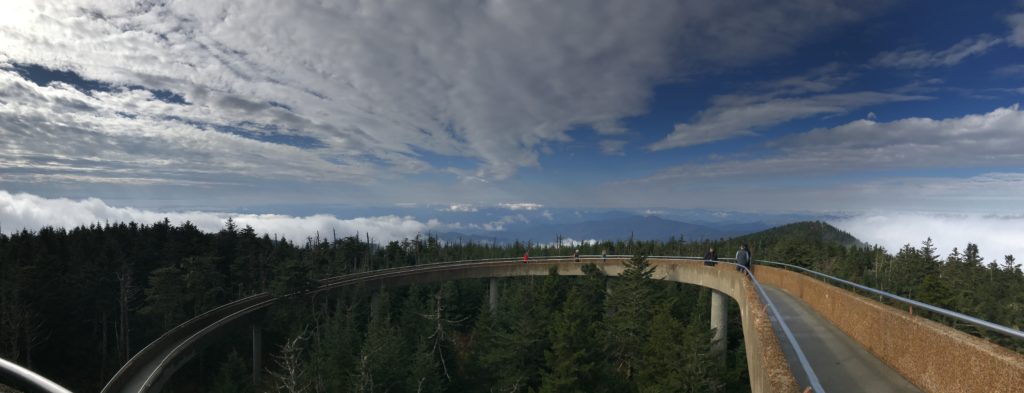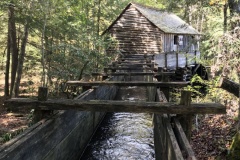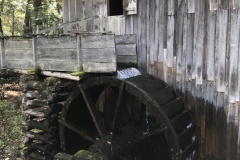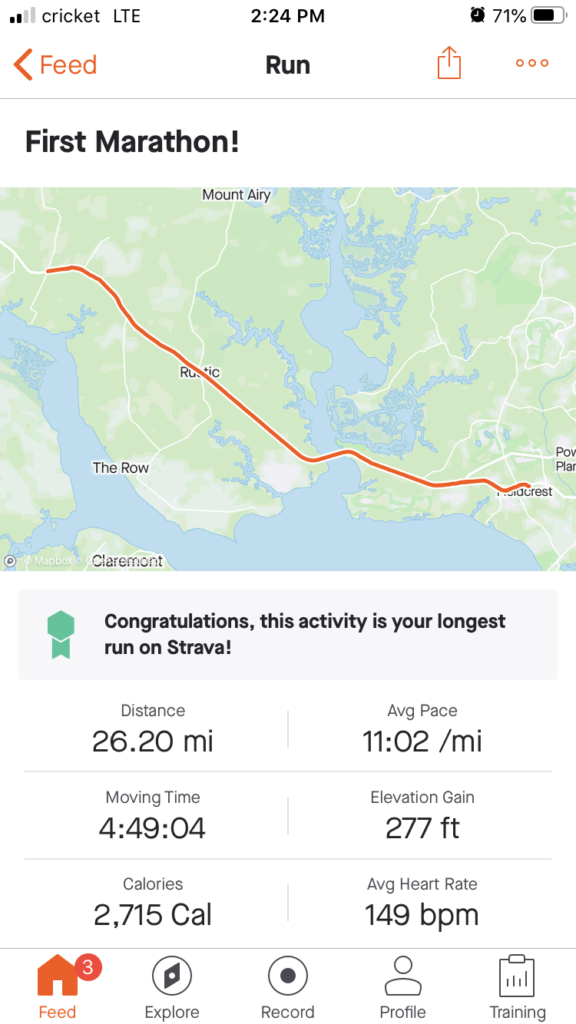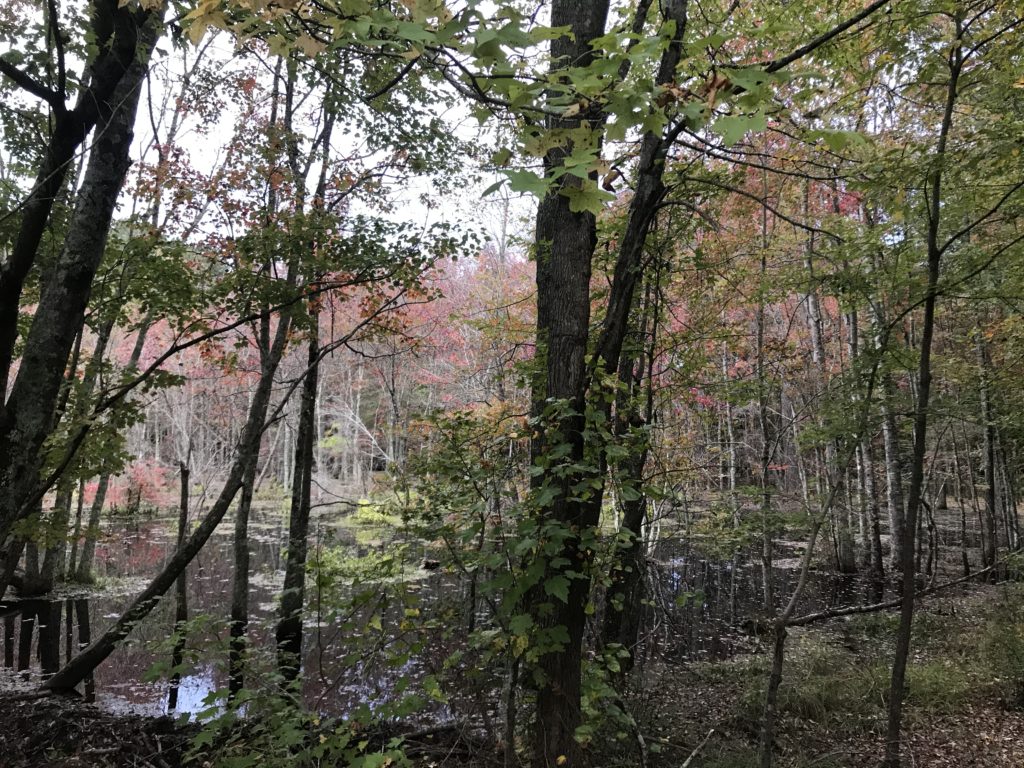I count myself extremely fortunate to have been spared any of the worst consequences of the covid-19 pandemic so far. Certainly, life has been pocked with inconveniences, but I’m grateful to have held onto the essentials (job, health, family, etc). I can even count among the things I’m grateful for in 2020 an unexpected silver lining: a re-connection with the Outdoors.
Thanks to adventurous parents, I started camping very young. I remember driving all around the rugged wild areas of Idaho, where I grew up, and the surrounding Northwest and Mountain West states to visit places of natural beauty in our pop-up tent trailer. High summer or deep mountain winter, my brother and I would dash off to find the perfect hiking stick (doubles as a spear against dragons, monsters, and bad guys) and explore the new terrain.
When I left Idaho for college in Arizona, the outdoors trips dropped off markedly. There were still a few family trips over summer vacation, and I remember taking a couple short car-camping one-nighters outside of Phoenix with dorm buddies, but generally far less outdoors time as I focused on getting a degree and the social life of an undergrad.
My first job out in the Mojave Desert of California included a resurgence of time spent outdoors, as I explored several National Parks within easy drive to my new location (including Yosemite, King’s Canyon, Sequoia, and Channel Islands… I later made it to Joshua Tree but still have yet to see Death Valley).
When I moved to Boston to teach, my outdoors time dropped off dramatically. I think this was a combination of the craziness of teaching, no longer having equipment (nor the discretionary income to buy new stuff), and a partner at the time who was not strongly into exploring nature and the outdoors. (We did make it up to New Hampshire for one camping trip, and also to Acadia National Park for a cabin stay.)
All three of the above constraints lifted when I transitioned back to engineering and moved to southern coastal Virginia, in the Hampton Roads area. It’s been wonderful to have such a variety of outdoorsy places within easy driving distance, from beach to forests to mountains! Shenandoah National Park, George Washington / Jefferson National Forests, and the numerous Virginia State Parks have been wonderful to explore.
The year 2020 has been a year of many trials for sure, but one of the main outcomes of this year that I’m grateful for has been the opportunity to rediscover the outdoors. When I could no longer travel internationally (or really, even domestically the way I used to), I moped for awhile… then re-baselined what I meant by “travel.”
Even with the resurgence, last year, I only managed three camping trips… this year I’ve camped 11 times! As a side benefit, it’s also rekindled my dormant interest in photography, which I will also try to share here. I’ll be back-dating several posts to document the trips.
- 2/14 – 2/17 Shenandoah River State Park
- 5/31 – 6/1 Occoneechee State Park
- 6/13 – 6/14 Staunton River State Park
- 7/11 – 7/12 Westmoreland State Park
- 7/17 – 7/18 False Cape State Park
- 7/25 – 7/26 Three Ridges Wilderness / Maupin Field
- 8/16 – 8/18 Redwoods National Park
- 9/11 – 9/13 Shenandoah National Park (Loft Mountain)
- 9/25 – 9/27 TATC Cabin Maintenance Trip
- 10/11 – 10/17 Great Smokey Mountains National Park
- 10/31 – 11/1 Sherando Lake Recreation Area / GWJ National Forest
